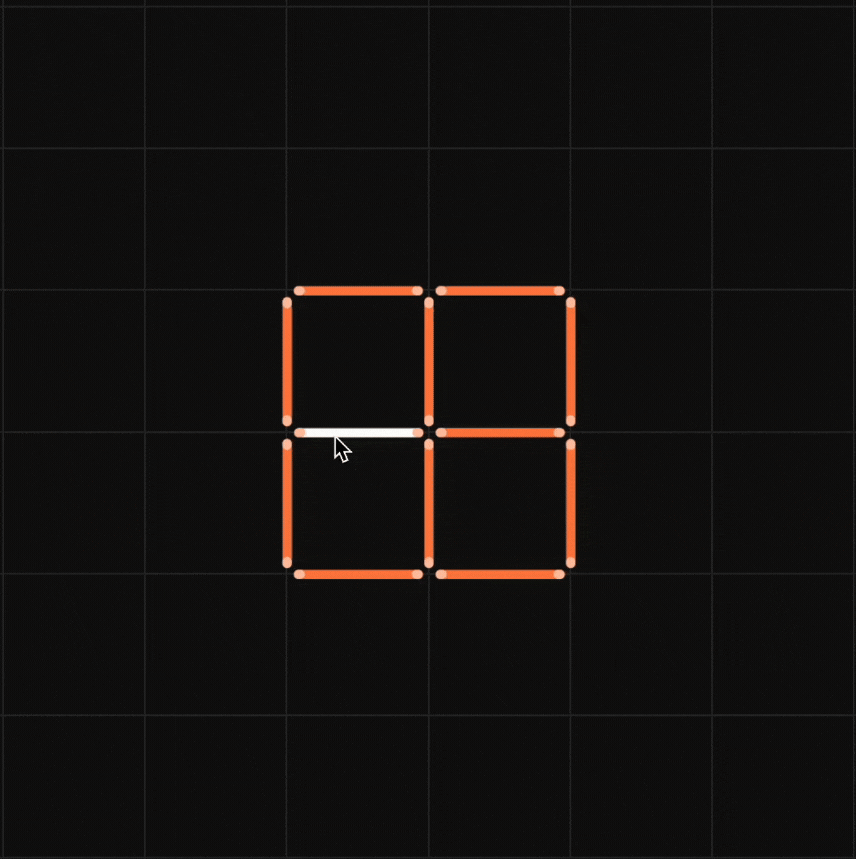

ABCD is a rhombus. Show that diagonal AC bisects ∠A as well as ∠C and diagonal BD bisects ∠B as well as ∠D.
Solution:
Given: ABCD is a rhombus.

Let us join AC.
In ΔABC, BC = AB (Sides of a rhombus are equal to each other)
So, ∠BAC = ∠BCA (Angles opposite to equal sides of a triangle are equal) ----------- (1)
However,
∠BAC = ∠DCA (Alternate interior angles for parallel lines AB and CD) -------------- (2)
From equation (1) and (2), ∠BCA = ∠DCA
Therefore, AC bisects ∠C.
Also, ∠BCA = ∠DAC (Alternate interior angles for parallel lines BC and DA)
Thus, ∠BAC = ∠DAC
Therefore, AC bisects ∠A as well as ∠C.
Similarly, it can be proved that BD bisects ∠B and ∠D as well.
☛ Check: NCERT Solutions Class 9 Maths Chapter 8
Video Solution:
ABCD is a rhombus. Show that diagonal AC bisects ∠A as well as ∠C and diagonal BD bisects ∠B as well as ∠D.
NCERT Maths Solutions Class 9 Chapter 8 Exercise 8.1 Question 7
Summary:
If ABCD is a rhombus, we see that diagonal AC bisects ∠A as well as ∠C and diagonal BD bisects ∠B as well as ∠D.
☛ Related Questions:
- Show that if the diagonals of a quadrilateral bisect each other at right angles, then it is a rhombus.
- Show that the diagonals of a square are equal and bisect each other at right angles.
- Show that if the diagonals of a quadrilateral are equal and bisect each other at right angles, then it is a square.
- Diagonal AC of a parallelogram ABCD bisects ∠A (see the given figure). Show that i) it bisects ∠C also, ii) ABCD is a rhombus.
visual curriculum